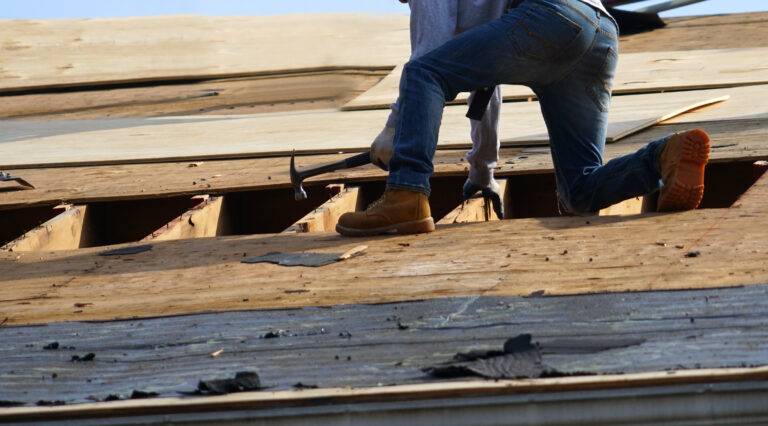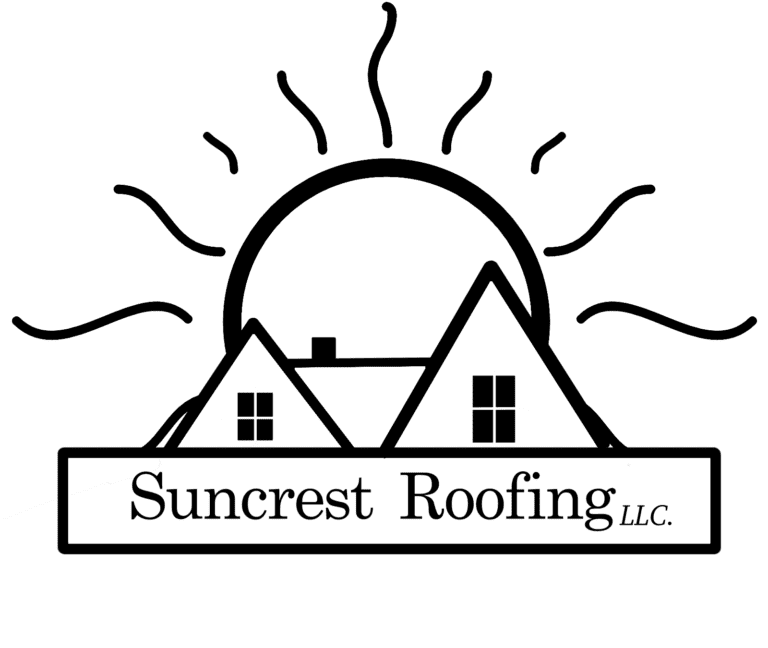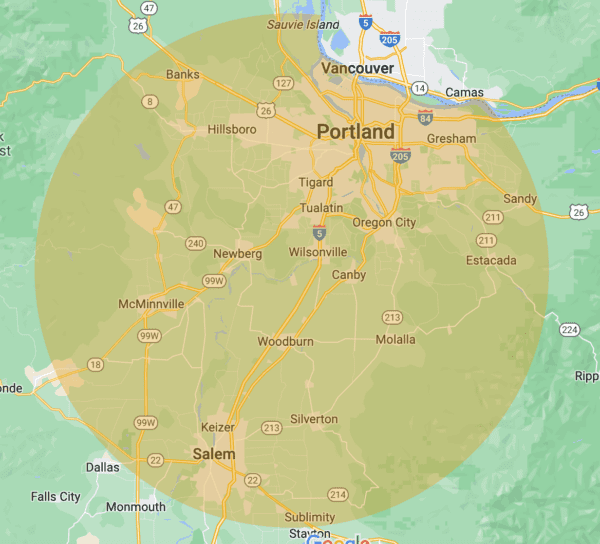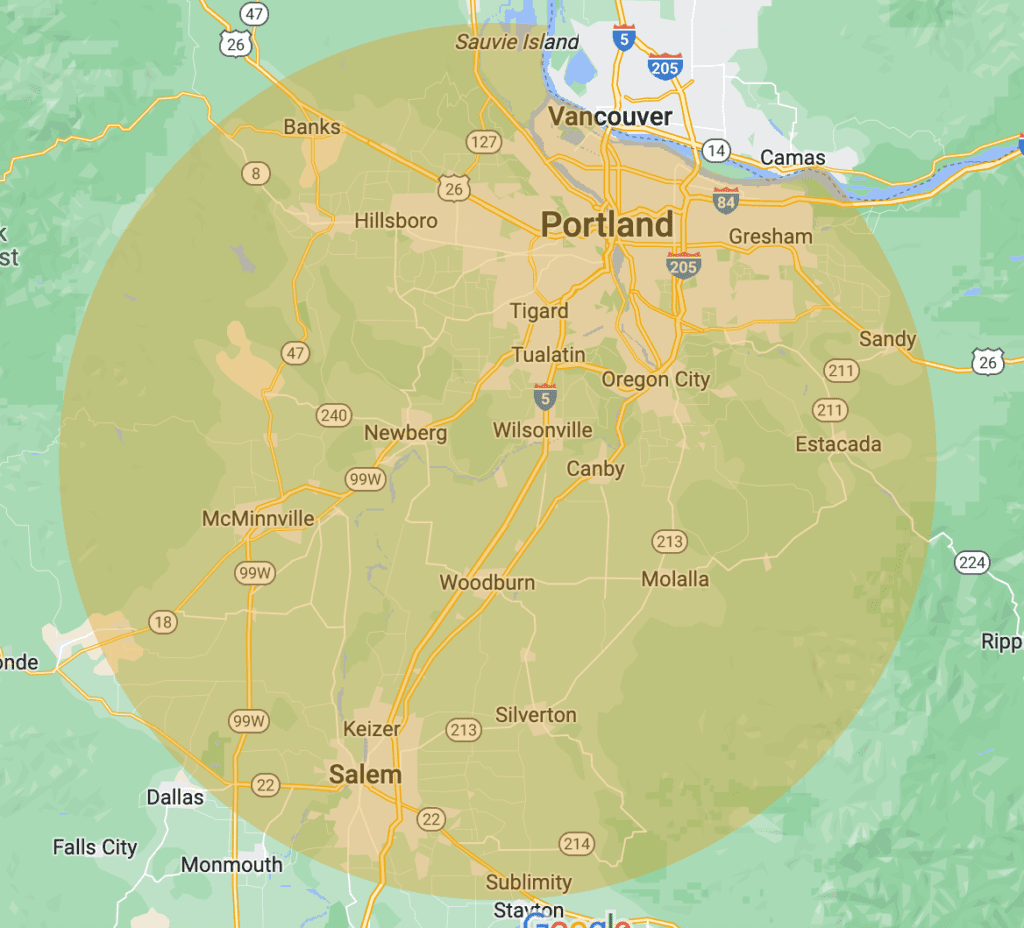Tired of that pesky drip-drip sound keeping you up at night? Yep, you’ve got a roof leak on your hands. Roof leaks are a common headache for homeowners, but with the right know-how, you can tackle this problem head-on.
Water damage from a roof leak can lead to mold, rotted framing, destroyed insulation, and even damaged ceilings if left unchecked. That’s why it’s crucial to address leaks as soon as you spot them.
In this guide, we’ll walk you through everything you need to know about how to repair roof leak issues. From identifying the culprit to fixing it yourself (and knowing when to call in the pros), we’ve got you covered. So, grab your toolbelt, and let’s dive in!
What You’ll Need to Repair a Roof Leak
Before we get our hands dirty, let’s make sure we’re prepared. Here’s a quick rundown of the essential tools you’ll need:
- Ladder
- Flashlight
- Roofing nails
- Hammer
- Roofing cement
- Caulk gun
- Replacement shingles
- Safety gear (gloves, non-slip boots, safety harness)
How to Identify a Roof Leak?
Before you can fix it, you’ve got to find it. This can sometimes feel like searching for a needle in a haystack. But don’t worry, we’ve got the right tricks to make this process easier for you.
Identifying the exact location of a roof leak is quite important because water has a sneaky way of traveling. The spot where you see water inside your house isn’t always directly below where it’s entering your roof.
But how do you go about playing detective with your roof?
Common Signs of Roof Leaks
Keep your eyes peeled for these telltale signs:
- Water stains: These yellowish-brown marks on your ceiling or walls are dead giveaways.
- Dampness or mold: Look for damp spots or look for fuzzy, dark growth in your attic or on walls.
- Peeling paint: Water can cause paint to bubble or peel, especially around windows or on the ceiling.
- Missing or damaged shingles: Take a look at your roof from the ground and try to spot bare spots or curled shingles.
Tools Needed for Identifying Roof Leaks
To pinpoint that sneaky leak, you’ll need:
- Flashlight
- Ladder
- Chalk or marker
- Garden hose (for testing)
What Are the Common Causes of Roof Leaks?
Now that we know what to look for, let’s explore why these leaks happen in the first place. Understanding the root cause can help you prevent future issues and make more effective repairs.
Damaged Shingles
Ever seen a bald spot on your roof? Missing or damaged shingles are like an open invitation for water to come on in. High winds and heavy rain can wreak havoc on your shingles over time, leaving your roof vulnerable to leaks and damage.
Faulty Flashing
Flashing seals up joints around chimneys, vents, and skylights. When it fails, water finds its way faster than you can run and grab a bucket. Damaged or improperly installed flashing is a common culprit in many roof leaks.
Clogged Gutters
When your gutters get clogged, water can back up and seep under your roofing materials. It’s like giving water a free pass to party in your attic.
Safety Precautions for Roof Repairs
Before we get our hands dirty with repairs, let’s talk about safety. Repairing a roof can be dangerous work, so it’s crucial to take the right precautions.
Timing is everything when it comes to roof repairs. Never attempt to work on your roof when it’s wet, icy, or during high winds.
The risk of slipping or falling is just too high.
Choose a calm, sunny, dry day with mild temperature for your repair project. And if your roof is particularly steep or high, don’t hesitate to call in the pros. There’s no shame in prioritizing safety over DIY pride.
Essential Safety Gears for Repairing Roof Leaks
- Sturdy gloves
- Non-slip boots
- Safety harness
- Safety glasses
- Hard hat
Step-by-Step Guide to Fixing Roof Leaks Yourself
Now that you’ve identified the leak and got your safety gear on, it’s time to tackle this problem head-on. But before you start, gather all your tools and materials.
Let’s walk through the process of how to repair roof leak issues step by step.
Tools and Materials Needed
- Replacement shingles
- Roofing nails
- Hammer or nail gun
- Roofing cement
- Caulk gun and sealant
- Putty knife
- Pry bar
- Utility knife
Locating the Leak
Start in your attic during daylight hours. Look for water stains, mold, or discolored wood.
Follow any water trails you find because it’s the easiest way to locate the source.
If you can’t spot it from inside, you’ll need to get up on the roof. Look for damaged shingles, exposed nails, or gaps in your flashing.
How to Repair Damaged Shingles
Found a damaged shingle? In that case, you’ll have to replace it and here’s how:
- Carefully lift the edges of the surrounding shingles.
- Remove the damaged shingle by taking out the nails.
- Place the new shingle in the same spot and secure it with roofing nails.
- Use roofing cement to seal the edges of the new shingle to prevent water infiltration.
How to Fix Flashing Around Vents and Chimneys
Faulty flashing is one of the most common culprits of roof leaks. But the fix is quite simple and easy to do.
- Start by removing the old flashing.
- Clean the area thoroughly.
- Apply a layer of roofing cement.
- Cut new flashing to fit and secure it with roofing nails.
- Seal the edges with watertight roofing cement or caulk.
How to Seal Roof Penetrations
For those pesky leaks around vents and pipes, here’s a brief overview of how to get things done:
- Clear any debris, old caulk, and sealant around the penetration.
- Apply a generous amount of roofing cement around the base.
- If there’s a gap, stuff it with steel wool before applying cement.
- Smooth the cement with a putty knife for a watertight seal.
Once you’ve made your repairs, it’s time to test if everything’s working out properly.
Use a garden hose to simulate rain on your rooftops and check for any leaks. Pay close attention to the area you repaired, but also keep an eye out for any other potential weak spots.
When to Call a Roofing Professional?
As much as we love empowering homeowners to tackle their own repairs, there are times when it’s best to call in the big guns. But how do you know when it’s time to pick up the phone and dial a pro?
Complex Repairs
If you’re dealing with extensive damage, multiple leaks, or structural issues, maybe it’s better to let professional roofers finish the job for you.
They have the skills and equipment to handle bigger problems safely and effectively without further damage and delay.
Safety Concerns
Is your roof steeper than a black diamond ski run? Or maybe it’s higher than your comfort level or the ladder allows?
Don’t risk it. Professional roofers are trained to work safely at heights and on challenging roof pitches.
How to Prevent & Avoid Future Roof Leaks?
Fixing the leak is one thing, but keeping it from happening again is a completely different story. Here are a few professional tips on how we do it at Suncrest Roofing.
Regular Inspections
Make roof inspections a part of your home maintenance routine. Twice a year (spring and fall) is a good rule of thumb. It’s better to catch small issues before they become big, expensive problems.
Gutter Maintenance
There’s no alternative to keeping those gutters clean. Clogged gutters can lead to water backup and damaged fascia boards. A little elbow grease now can save you a lot of headaches later.
Trim Overhanging Trees
Leafy branches might look nice, but they can spell trouble for your roof. Trim back any branches hanging over your roof to prevent damage from falling limbs and reduce debris buildup.
Frequently Asked Questions
What is the best treatment for a leaking roof?
The best treatment depends on the cause of the leak. For minor issues, roofing cement or silicone caulk can work wonders. For more significant damage, replacing shingles or flashing might be necessary.
Will Flex Seal fix a roof leak?
Flex Seal can be effective for temporary fixes, especially for small leaks. However, it’s not a permanent solution and shouldn’t be relied upon for long-term repairs.
What is the best thing to put on a leaking roof?
For emergency repairs, roofing tar or cement can quickly seal leaks. For a more permanent fix, replacing damaged materials (like shingles or flashing) is best.
Can I fix a roof leak myself?
For minor leaks, absolutely! With the right tools and knowledge (which you now have), many roof leaks can be DIY projects.
How to repair roof leak from inside?
While it’s best to fix leaks from the outside, you can temporarily patch from inside using roofing tar and a piece of plywood or shingle. This should only be a stopgap until you can make proper repairs.
Roof leaks in heavy rain?
During heavy rain, use buckets to catch water and tarp any external damage if safe to do so. Once the rain stops, assess and repair the damage as soon as possible.
How to fix a leaking roof from the outside?
Start by locating the leak, then replace damaged shingles, repair flashing, or seal penetrations as needed. Always work on a dry day for safety.
Fix roof leak with Flex Seal?
While Flex Seal can work for temporary repairs, it’s not ideal for long-term fixes. Use it in emergencies, but plan for a more permanent repair soon.
Conclusion
From identifying leaks to making repairs and preventing future issues, you’re now armed with the knowledge to tackle roof leaks like a pro. Remember, addressing leaks promptly is key to preventing extensive damage to your home.
Regular maintenance is your best defense against roof leaks. By keeping an eye on your roof, cleaning your gutters, and addressing small issues before they become big problems, you can extend the life of your roof and keep your home dry and cozy.
Contact Suncrest Roofing for Professional Roof Repair Services
Need a hand with your roof repairs? Our team at Suncrest Roofing is always ready to help. With years of experience and a commitment to quality, we can tackle any roof repair job, big or small. Don’t let that leak dampen your house and your spirit– reach out to us today for expert roof repair services!
|

